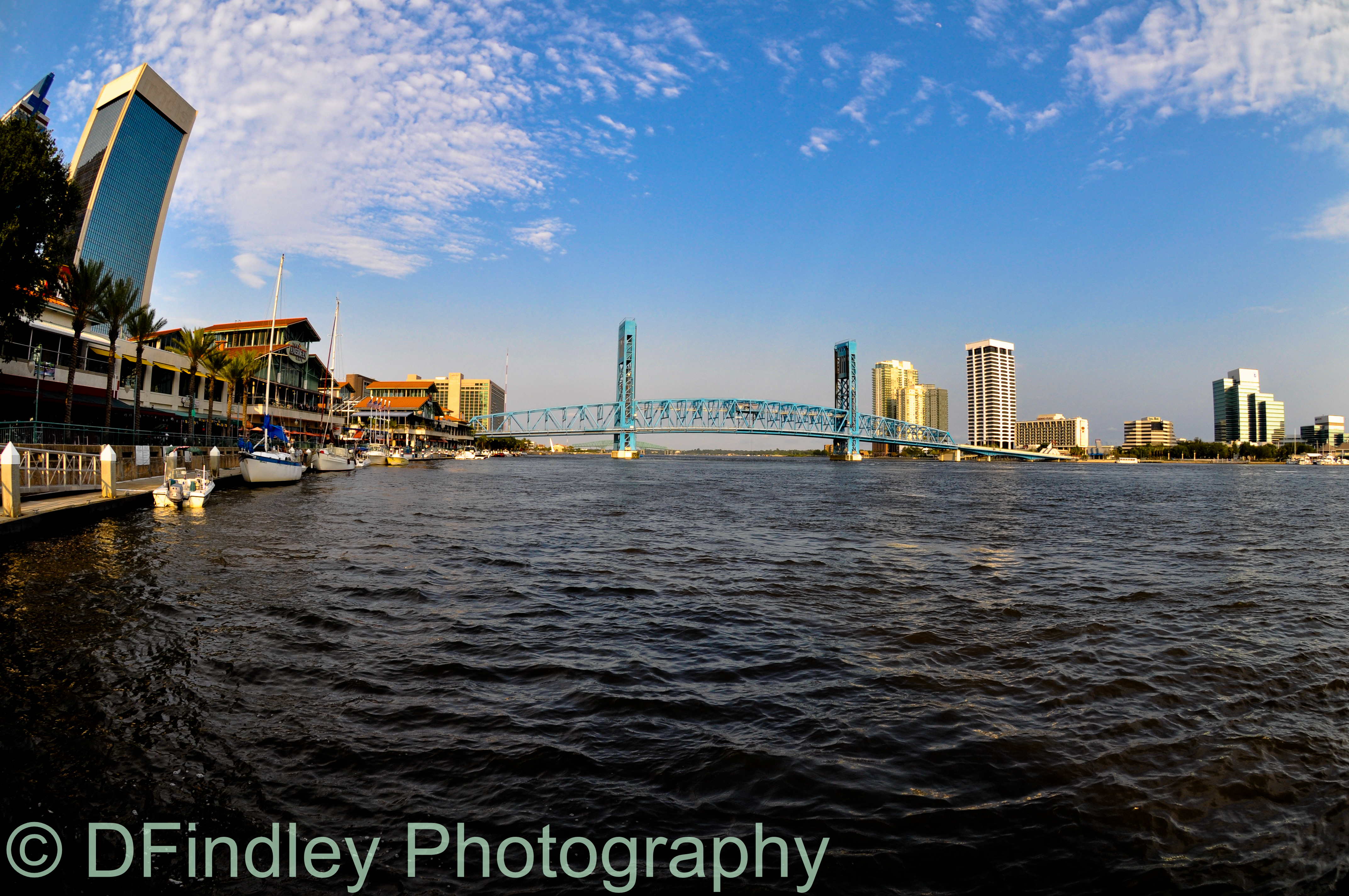So you're curious about elevation in Jacksonville, FL? Let me tell you, my friend, this city has more ups and downs than a rollercoaster ride at Universal Studios! Whether you're planning a construction project, hiking adventure, or just trying to figure out if your basement will flood, understanding elevation is key. Jacksonville's unique topography plays a huge role in its charm and character, so let's dive right in and uncover what makes this city's elevation so fascinating.
Now, I know what you're thinking – "Elevation? Really? Isn't that just for mountain climbers?" But trust me, understanding the lay of the land is crucial when you're dealing with a city that's as flat as a pancake in some areas and surprisingly hilly in others. Jacksonville's elevation ranges from sea level to about 178 feet above it, which might not sound like much, but it makes a big difference when you're trying to navigate the city or build that dream home.
Before we get too deep into the nitty-gritty, let's set the stage. Jacksonville is Florida's largest city, spanning over 875 square miles of diverse terrain. From the sandy beaches of Jacksonville Beach to the rolling hills of Mandarin, the city's elevation changes can affect everything from flood insurance rates to property values. So, buckle up, because we're about to take a journey through the ups and downs of Jacksonville's elevation landscape!
Read also:Meet The Enigmatic Taraka Ratna Wife Her Journey Secrets And Inspiring Life
Understanding Elevation in Jacksonville FL
What Exactly Is Elevation?
Alright, let's break it down. Elevation refers to the height of a particular point above or below sea level. In Jacksonville, FL, this number can vary wildly depending on where you are in the city. For instance, the highest natural point in Jacksonville is about 178 feet above sea level, located near the Mandarin area. Meanwhile, downtown Jacksonville sits right at sea level, making it prone to flooding during heavy rains or storm surges.
Here's the thing: elevation isn't just a fun fact to impress your friends at parties. It has real-world implications for residents and businesses alike. Knowing the elevation of your property can help you prepare for potential flooding, choose the right building materials, and even save money on insurance premiums.
Some key takeaways about Jacksonville's elevation:
- Lowest point: Sea level (0 feet)
- Highest point: Approximately 178 feet above sea level
- Average elevation: Around 15 feet above sea level
Why Elevation Matters in Jacksonville
Impact on Flooding
Let's face it – Florida is no stranger to water, and Jacksonville is no exception. With its low-lying areas and proximity to the St. Johns River, flooding is a real concern for many residents. But here's the kicker: elevation plays a huge role in determining which areas are most at risk.
For example, neighborhoods like Riverside and Springfield, which sit at or below 10 feet above sea level, are more prone to flooding during heavy rains or hurricanes. On the other hand, areas like Mandarin and San Jose, with elevations closer to 100 feet, are much less likely to experience flooding issues.
According to a report by the National Oceanic and Atmospheric Administration (NOAA), Jacksonville's sea level has risen by about 10 inches over the past century. This trend is expected to continue, making it even more important for residents to understand their property's elevation and take appropriate precautions.
Read also:Treasure Haven Farm Your Ultimate Escape To Natures Paradise
Exploring Jacksonville's Topography
From Beaches to Hills
While Jacksonville is often associated with its beautiful beaches, the city's topography is surprisingly diverse. The eastern part of the city, including Jacksonville Beach and Neptune Beach, sits at or near sea level, while the western and northern sections boast some of the highest elevations in the area.
Here's a quick breakdown of Jacksonville's topographical regions:
- Coastal areas: 0-10 feet above sea level
- Urban core: 5-20 feet above sea level
- Suburban neighborhoods: 20-50 feet above sea level
- Rural and hilly areas: 50-178 feet above sea level
Interestingly, Jacksonville's highest natural point is located near the intersection of Old St. Augustine Road and Normandy Boulevard in the Mandarin area. This spot, which sits at 178 feet above sea level, offers breathtaking views of the surrounding landscape and serves as a reminder of the city's diverse topography.
How Elevation Affects Property Values
Higher Ground, Higher Prices?
It's no secret that real estate prices in Jacksonville can vary widely depending on location, but did you know that elevation plays a significant role in determining property values? Properties located on higher ground tend to command higher prices due to their reduced risk of flooding and better views.
For instance, homes in the Mandarin area, with its rolling hills and higher elevations, often sell for significantly more than similar homes in low-lying areas like downtown Jacksonville. This trend is driven by a combination of factors, including reduced flood risk, better views, and a more desirable location overall.
According to a study by Zillow, properties located on higher ground in Jacksonville have appreciated in value at a faster rate than those in lower-lying areas over the past decade. This trend is likely to continue as climate change and rising sea levels become increasingly important considerations for homebuyers.
Tools for Measuring Elevation
Your Go-To Resources
Now that you understand why elevation matters, let's talk about how to measure it. There are several tools and resources available to help you determine the elevation of a specific location in Jacksonville:
- Google Earth: This free tool allows you to zoom in on any location and view its elevation in real-time.
- Topo Maps: These detailed maps show elevation contours and can be a great resource for hikers and outdoor enthusiasts.
- FEMA Flood Maps: These maps provide valuable information about flood zones and elevation in specific areas.
For those who want a more hands-on approach, a simple GPS device or smartphone app can provide accurate elevation readings for any location. Just be sure to calibrate your device properly to ensure accurate results.
The Role of Elevation in Urban Planning
Building for the Future
As Jacksonville continues to grow and develop, understanding elevation is becoming increasingly important for urban planners and developers. By taking elevation into account, city officials can make more informed decisions about where to build new infrastructure, how to manage stormwater runoff, and how to protect vulnerable areas from flooding.
For example, the city has implemented several initiatives aimed at reducing flood risk in low-lying areas, including the construction of retention ponds and the elevation of critical infrastructure. These efforts not only protect residents and businesses but also help preserve the natural beauty of the area.
According to the City of Jacksonville's Department of Public Works, "Elevation data is a critical component of our urban planning efforts. By understanding the lay of the land, we can make smarter decisions that benefit both residents and the environment."
Historical Perspective on Elevation
How Jacksonville Got Its Groove
Believe it or not, Jacksonville's elevation has played a significant role in shaping the city's history and development. From its early days as a small trading post along the St. Johns River to its current status as Florida's largest city, elevation has been a constant consideration for residents and leaders alike.
For instance, the city's original settlement was located on a bluff overlooking the river, providing both protection from flooding and a strategic advantage for trade and defense. As the city grew, developers began building on lower-lying areas, which led to increased flood risk and the need for better drainage systems.
Today, Jacksonville's elevation continues to influence its development, with new projects focusing on sustainability and resilience in the face of climate change.
Environmental Impact of Elevation
Protecting Our Natural Resources
Elevation also plays a crucial role in protecting Jacksonville's natural resources, including its wetlands, forests, and wildlife habitats. By understanding the elevation of these areas, conservationists can better manage and protect them from the impacts of development and climate change.
For example, the city's extensive network of parks and green spaces provides valuable habitat for wildlife and helps mitigate the effects of urbanization. By preserving these areas and maintaining their natural elevation, Jacksonville can continue to enjoy the benefits of its unique topography while protecting its environment for future generations.
Community Awareness and Education
Empowering Residents
Finally, it's important to empower residents with knowledge about elevation and its impact on their daily lives. By understanding the elevation of their property and the surrounding area, residents can make more informed decisions about everything from flood insurance to landscaping choices.
Several local organizations, including the Jacksonville Environmental Protection Board and the University of North Florida, offer educational programs and resources to help residents learn more about elevation and its importance. These efforts are paying off, as more and more residents take proactive steps to protect their homes and communities from the impacts of climate change.
Conclusion: Embracing Jacksonville's Elevation
As we've explored in this article, elevation plays a vital role in shaping Jacksonville's character and influencing its development. From flood risk to property values, understanding elevation is key to making informed decisions about the future of this vibrant city.
So, whether you're a lifelong resident or a newcomer to the area, take some time to learn about the elevation of your neighborhood and how it affects your daily life. And don't forget to share what you've learned with friends and family – after all, knowledge is power!
Before you go, why not drop a comment below and let us know what you think about Jacksonville's elevation? Are you surprised by the city's diverse topography, or did you already know all about it? And be sure to check out our other articles for more insights into life in Jacksonville, FL!
Remember, staying informed about elevation is more than just a fun fact – it's a crucial step in building a safer, more sustainable future for all of us. So, keep exploring, keep learning, and keep embracing the heights (and lows) of Jacksonville's unique landscape!
Table of Contents:
- Understanding Elevation in Jacksonville FL
- Why Elevation Matters in Jacksonville
- Exploring Jacksonville's Topography
- How Elevation Affects Property Values
- Tools for Measuring Elevation
- The Role of Elevation in Urban Planning
- Historical Perspective on Elevation
- Environmental Impact of Elevation
- Community Awareness and Education
- Conclusion: Embracing Jacksonville's Elevation


